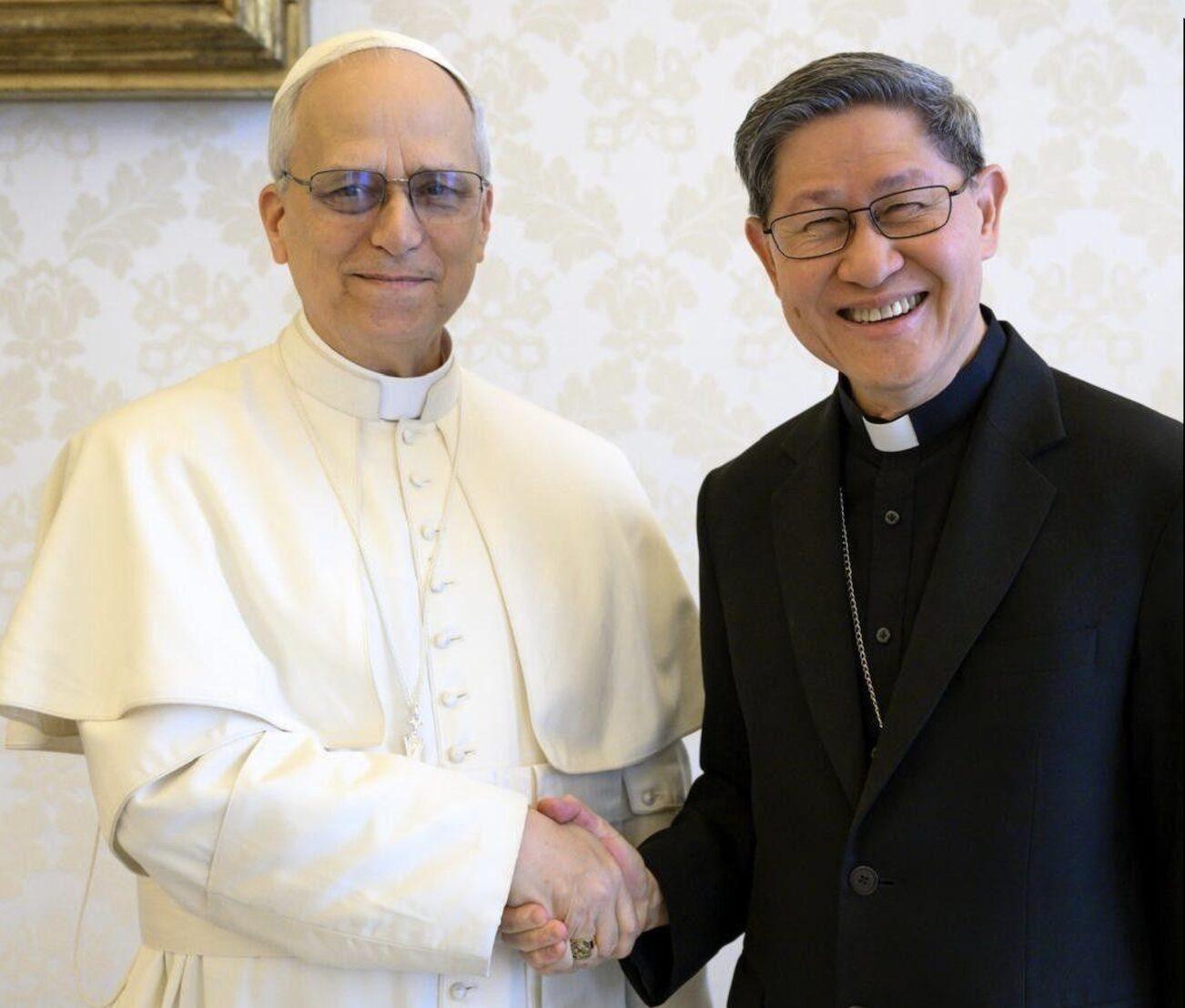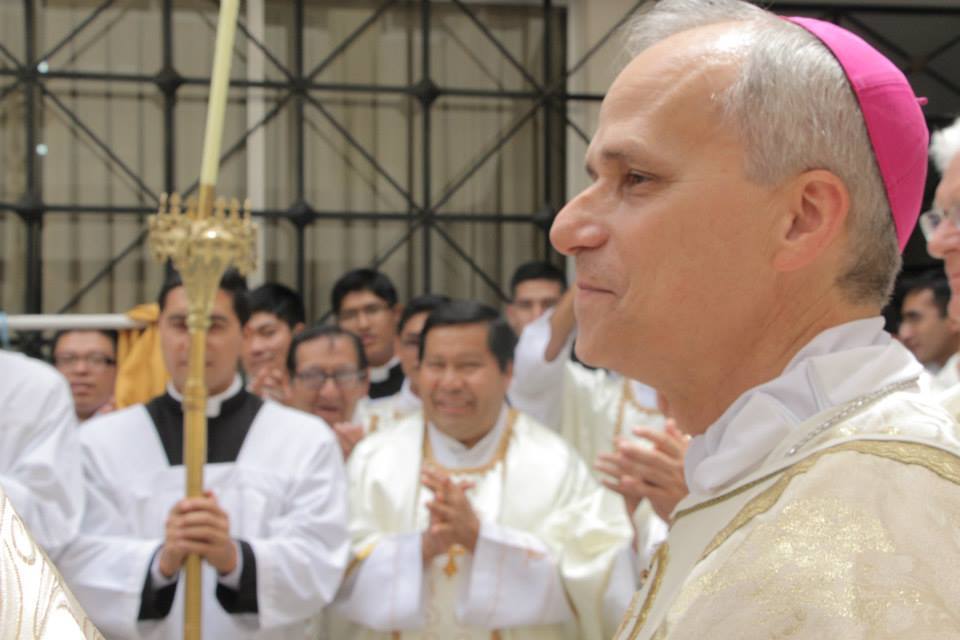JUST days after Pope Francis elevated Blessed Father Junipero Serra to sainthood, vandalism occurred at the Carmel Mission Basilica where the remains of the controversial Catholic missionary are buried.
At the cemetery and basilica in Carmel, California, there were toppled statues, splattered paint and damaged gravesites. Someone scrawled “Saint of Genocide” on a headstone, according to a Los Angeles Times report.
Carmel police Sgt. Luke Powell said the incident was being investigated as a hate crime, because the vandals targeted “specifically the headstones of people of European descent, and not Native American descent.”
Other parts of the mission near Monterey Bay were also vandalized, including tombstones and other statues, CNN said.
Within hours of reports, volunteers came to help clean up the mess, picking up statues and scrubbing graffiti. Police have not named any suspects in the case.
Serra, an 18th century Franciscan friar who arrived to California in 1769 and later established the first nine missions, has been criticized for his “harsh treatment” of Native Americans. While supporters view him as a faithful apostle who brought Catholicism to the state, opponents believe he was a Spanish conquistador who oppressed native Indian populations, according to The National Catholic Reporter.
Despite protests, Pope Francis canonized Serra at a ceremonial papal mass on Wednesday, Sept. 23 in Washington, D.C., during his historic first visit to the US. The pontiff said Serra “sought to defend the dignity of the native community,” and suggested that his legacy and treatment of the Natives was misinterpreted.
“Junipero Serra left his native land and its way of life,” Francis said in his homily during the canonization Mass. “He was excited about blazing trails, going forth to meet many people, learning and valuing their particular customs and ways of life.”
The Carmel Mission had planned an event on Sunday, Sept. 27 that celebrated Serra’s sainthood.
“Pray for the people [who] did take this responsibility for their actions on this sacred property, and that they seek reconciliation,” a mission representative wrote on the Carmel Mission’s Facebook page. “Let us remember that we live in a loving community, and let us not be discouraged by such things.”
“As St. Serra said, ‘Always look forward, never back’.”
Powell said investigators were reviewing surveillance video to try to identify the vandal or vandals. He added that several security guards were stationed overnight at the mission, but the vandalism went undetected until 7am on Sunday.
“No one has claimed responsibility for this act,” Powell said.
This year, legislators attempted to replace a statue of Serra sitting in the National Statuary Hall Collection in Washington with a statue of Sally Ride, an astronaut and educator with a less controversial legacy.
Those who opposed the canonization argue that Serra did not uphold the dignity of the indigenous populations living at the mission sites.
“We’re stunned and we’re in disbelief,” Valentin Lopez, 63, the chairman of the Amah Mutsun Tribal Band in Monterey Bay, told CNN. “There was no Jesus Christ lifestyle at the missions.”
Those present at the mission communities expressed their shock at the blatant vandalism at a historical California mission, open since 1793.
“When I came out for Mass this morning, I was disappointed, but it could have been much worse,” said Carmel Mission Basilica pastor Father Paul Murphy. “Being a saint doesn’t mean a person is perfect. We all have our flaws, we all have our defects, and so it was with Serra.”






